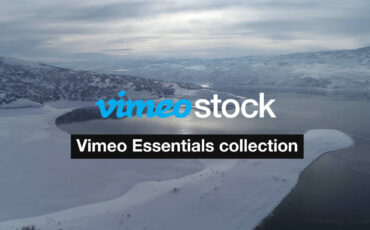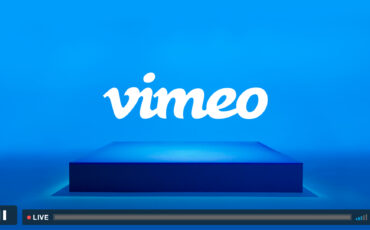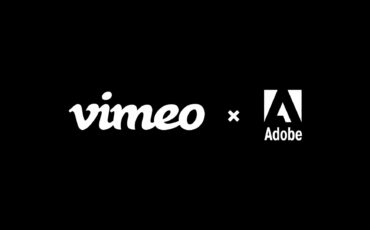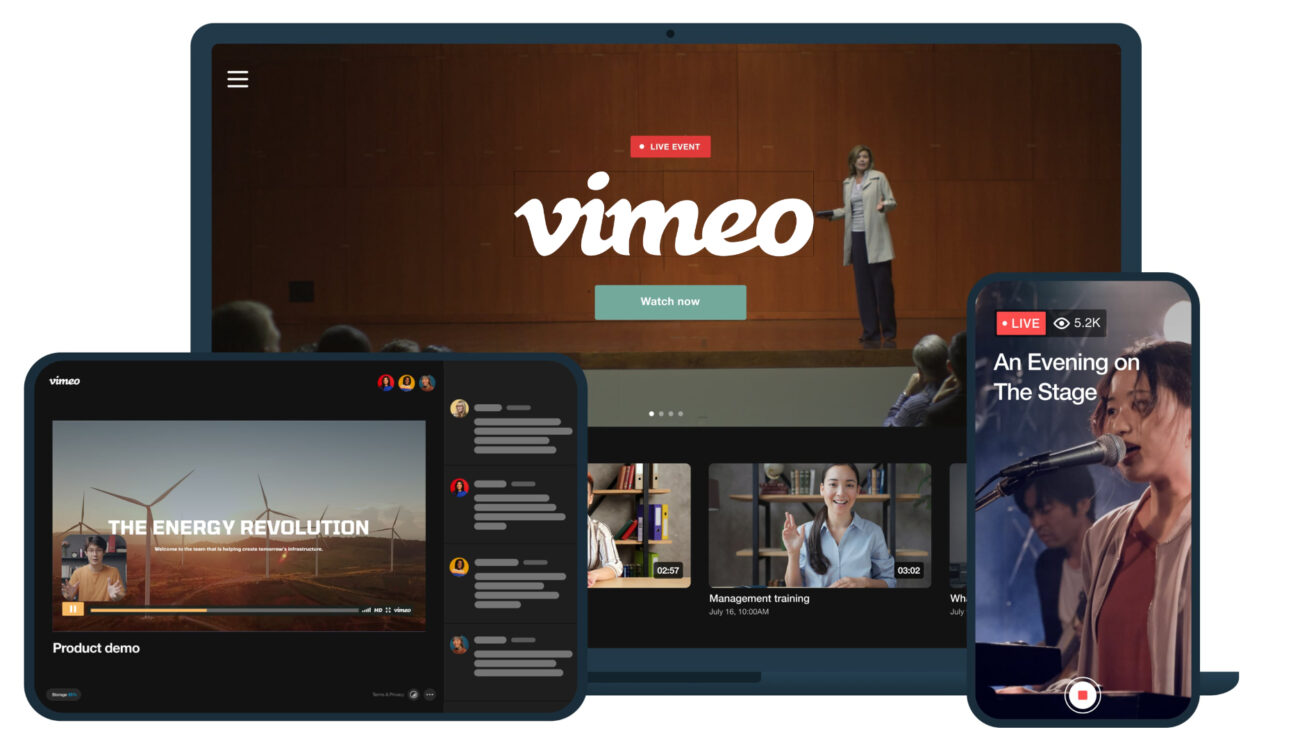
Most of us still know Vimeo as the “Filmmakers’ YouTube”, but as Google’s massive video site has grown beyond reach of any competitor, Vimeo has had to find its own place in the market. And it seems they’ve done just that, and very successfully too. Read on for a report on a very interesting interview that The Verge conducted with Vimeo CEO Anjali Sud.
When was the last time you visited Vimeo’s website? Well, you’d be surprised what you’ll find there, because you’re not greeted with a YouTube-like page full of video thumbnails at all, but rather a classic SaaS (Software as a Service) product page. The videos haven’t disappeared (you can find them by clicking “Watch”) but we’re seeing a significant shift away from a consumer video front-end to a full suite of tools for content creators, filmmakers, small businesses as well as Fortune500 companies alike.
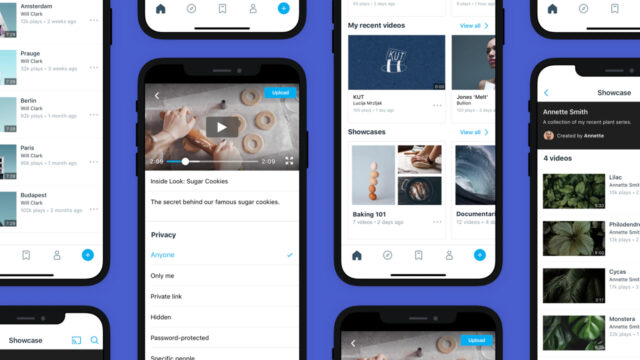
The Verge recently did a very interesting interview with CEO Anjali Sud, who gives an in-depth look into her thoughts, the company she leads, and the way Vimeo (and video in general) is currently being consumed.
What is Vimeo?
Vimeo used to be the place to go for filmmakers who wanted to showcase their artistic work. Many short films, stop-motion films, music videos and so on were published on Vimeo. “Not so much cat videos, that’s what YouTube is for”, the inclined filmmaker would say.
But the difference between YouTube and Vimeo has always been a significant one: YouTube monetizes through advertising revenue, Vimeo has always been (and still is) a subscription-based service. So creators pay to host their content on the site. In return, there are no ads. That’s a big difference from YouTube’s (which is owned by Google) business model, where creators are paid in exchange for producing loads of videos on which YouTube can place ads.
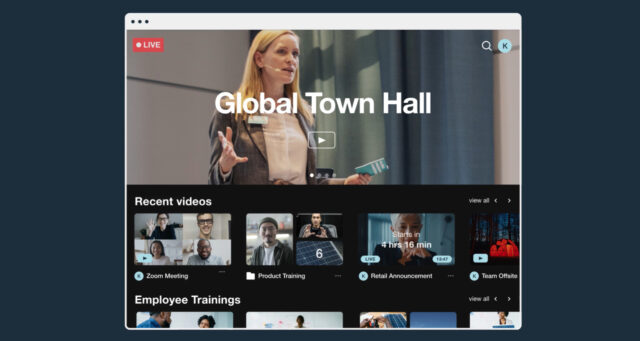
And then there’s the Vimeo video player, which can be used to easily embed any given video you own on any website (potentially your own, of course). Furthermore, depending on your given tier, you can customize that player, so Vimeo itself dissolves in the background. No branding, no Vimeo-controlled follow up videos, no pre-roll ads, nothing but your video embedded nicely. And for that, you pay.
In a sense, you can build your own custom video streaming service (recorded, or live) without having to deal with setting one up – Vimeo has you covered. Anjali Sud puts it this way:
We provide a tool set that allows any creator to stand up their own Netflix-like service. They own the brand. They can stand up their own apps, Amazon, Roku, iOS, websites. They can charge whatever they want. They own the customer. They own the email, they own the relationship.
Anjali Sud – The Verge Interview
In the last two years, and also during this pandemic, the company has been very successful with this business model. In fact, many small businesses don’t want to run a YouTube channel, they just want to get the word out there with professional-looking, yet relatively easy to pull off videos on their own website. Video does offer a full suite of tools to get you up and running without the need of learning a pro-grade editing app.
The company acts as an OTT (Over The Top) service, just like Netflix. Implementation and content, is up to you. It’s not about YouTube as a product anymore, it’s about your business.
The future of Vimeo
Of course, Vimeo has more to offer than just their embeddable video player, they offer a whole range of integrations to share your video on other platforms, interestingly enough: YouTube does this, too. But this time not as a competitor, but as a partner.
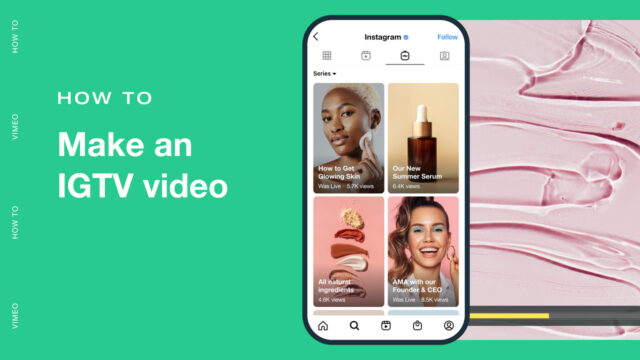
According to Sud, Vimeo offers a vast array of professional tools (but which are easy to use):
there’s engagement and you’ve got graphics and switching, all happening live. And we’re basically providing that capability that was once a TV studio capability, we’re providing that now in the hands of comms teams and HR professionals. Which, obviously since the pandemic, has been extremely beneficial and needed.
Anjali Sud – The Verge Interview
Vimeo can do all this because they operate at scale. Hosting videos properly is expensive. Building a web app, which is capable of streaming video on demand is complicated and not every shop owner is willing to do that. That’s where Vimeo comes into play, as a pro-grade, yet relatively inexpensive service which covers everthing related to your video side of business: hosting, streaming, distributing to multiple platforms. Anjali Sud again:
We have over 1.5 million paying customers today. And so we are actually offering, I would say, very disruptive pricing for what you can actually do. And by the way, we’re also not in a point of stasis. Our goal is to continue to simplify, simplify, simplify the user experience and the process to creating content and distributing that content, and keep reducing the costs.
Anjali Sud – The Verge Interview
So with Vimeo you can build your own business, but unlike YouTube, the service moves into the background. You can put your videos behind a paywall and start your own subscription model. Think yoga instructors, for example. But at the same time, large companies can use Vimeo to deliver internal video content like CEO town hall meetings to remote offices.
I think the biggest growth potential here is with small businesses. Maybe you don’t want to entice your customers to “subscribe” to your YouTube channel and therefor giving up your control. Maybe you’d rather have full control over your content, distribution and revenue model. And that’s what Vimeo offers here.

And I think that’s a very smart move, because in the world of partially random content on YouTube, a more business-focused suite of tools related to video, like Vimeo offers now, is very welcome for many business owners. Since video is the most immersive way of communicating with customers around the globe, Vimeo has a real opportunity here, though of course there will be competition in no time.
Vimeo IPO slips 13% on first day
Plot twist. Vimeo became a publicly traded company at the end of May this year and shares fell 13% on the first day of trading. So doom and gloom rather than sky-is-the-limit? Well, not so fast. Most tech IPOs flop at the beginning, and we’ll have to wait a bit and see how things play out for Vimeo. An IPO is always a bold move. Read more about this over at flowbank.com.
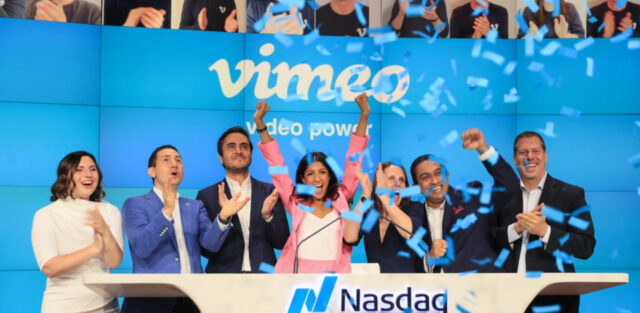
My personal thoughts on this, and I’m by no means a business analyst, are that video still has a pretty big growth potential and the one thing that Vimeo really needs to be aware of is competition. Because once other companies discover the potential of video as a service, rather than building competition to a huge platform like YouTube, they will follow.
If Vimeo can handle this competition and continue to deliver a robust service and maintain their brand image they’ve had for years, I’m sure they will be successful.
Make sure to read the interview with Anjali Sud in full (also available as audio stream) over on The Verge!
Link: Vimeo | The Verge | FlowBank
What do you think? Do you use Video for your projects/business? Share your experiences in the comments below!
